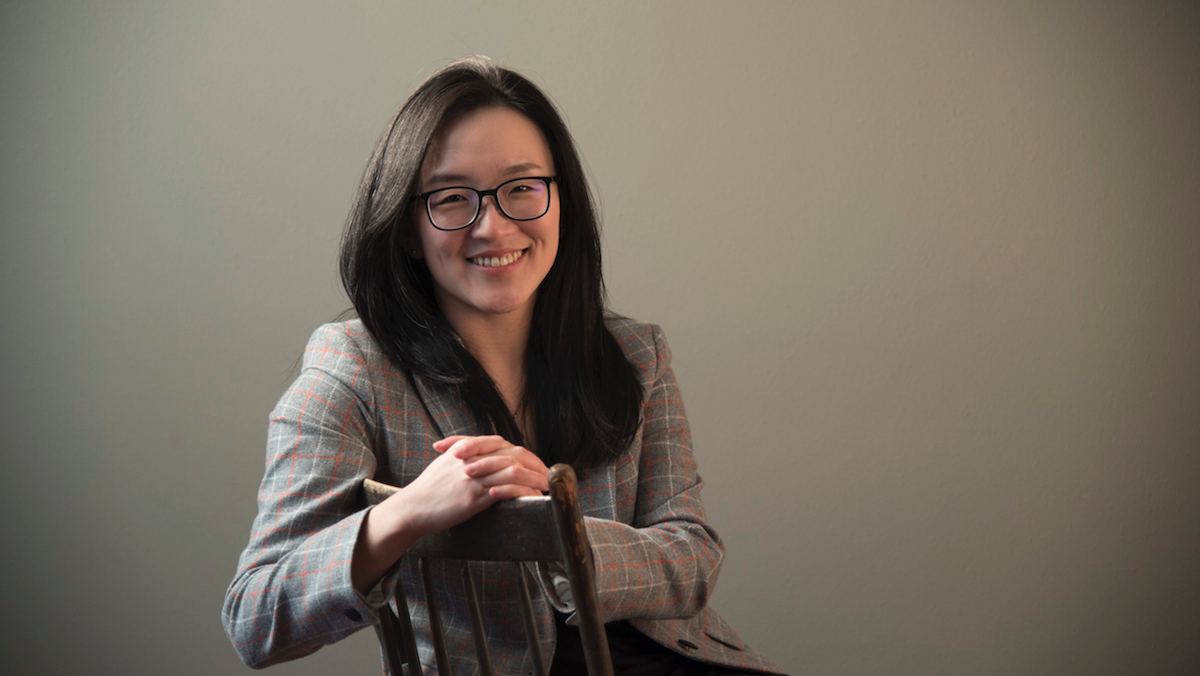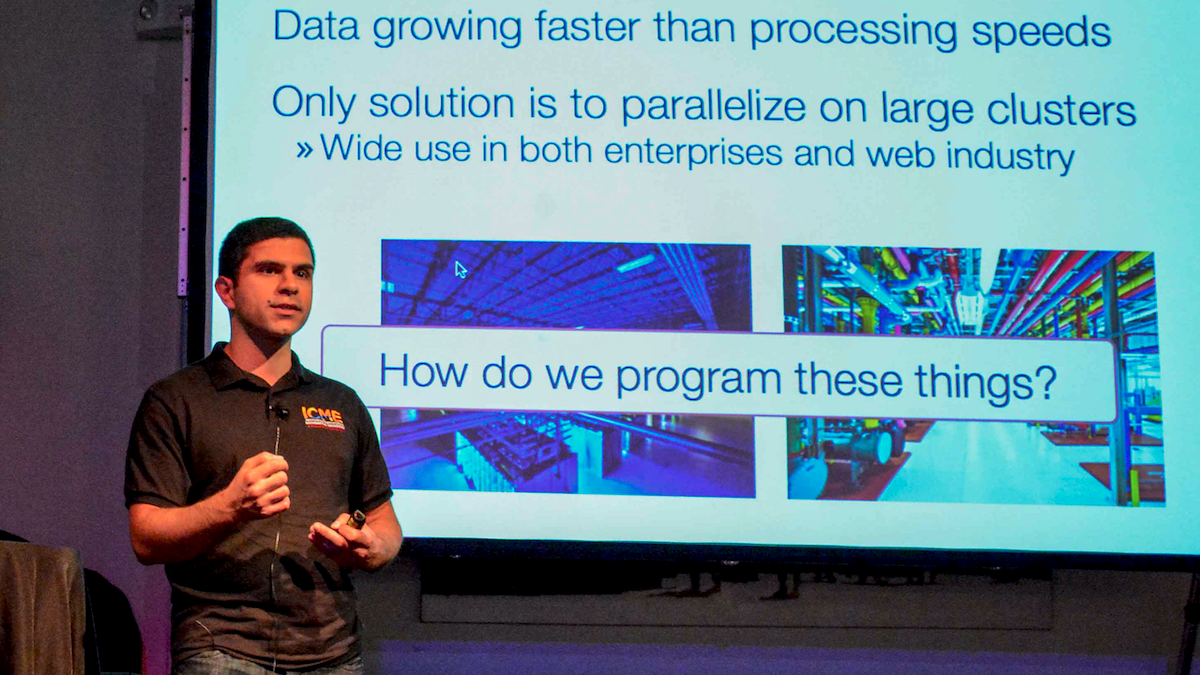Dear friends,
As we enter the new year, let’s view 2023 not as a single year, but as the first of more in which we will accomplish our long-term goals. Some results take a long time to achieve, and even though we may take actions that bring those results closer, we can do it more effectively if we envision a path rather than simply going from milestone to milestone.
Feedback from friends and mentors can help you shape your vision. A big step in my growth was learning to trust advice from certain experts and mentors — even when I didn’t follow their reasoning — and work hard to understand it. For example, my friends who are experts in global geopolitics sometimes advise me to invest more heavily in particular countries. I would not have come to this conclusion by myself, because I don’t know those countries well. But I’ve learned to explain my long-term plan, solicit their feedback, and listen carefully when they point me in a different direction.
Dream big for 2023 and beyond!
Happy new year, Andrew
Get Ready for 2023!Spring came early in 2022, as what some observers had feared was an impending AI Winter melted into a garden of innovations with potential uses in fields as diverse as art, genomics, and chip design. Dark clouds lingered; generative models continued to produce problematic output, and international tensions flared as the U.S. took steps to block China’s access to AI chips. Yet the excitement has been palpable in social media, conference proceedings, and venture investment, and the next 12 months promise an abundance of AI progress. In this special issue of The Batch, leaders in the field share their hopes for the coming year.
Yoshua Bengio: Models That ReasonRecent advances in deep learning largely have come by brute force: taking the latest architectures and scaling up compute power, data, and engineering. Do we have the architectures we need, and all that remains is to develop better hardware and datasets so we can keep scaling up? Or are we still missing something?
I believe we’re missing something, and I hope for progress toward finding it in the coming year.
I’ve been studying, in collaboration with neuroscientists and cognitive neuroscientists, the performance gap between state-of-the-art systems and humans. The differences lead me to believe that simply scaling up is not going to fill the gap. Instead, building into our models a human-like ability to discover and reason with high-level concepts and relationships between them can make the difference.
Consider the number of examples necessary to learn a new task, known as sample complexity. It takes a huge amount of gameplay to train a deep learning model to play a new video game, while a human can learn this very quickly. Related issues fall under the rubric of reasoning. A computer needs to consider numerous possibilities to plan an efficient route from here to there, while a human doesn’t.
Humans can select the right pieces of knowledge and paste them together to form a relevant explanation, answer, or plan. Moreover, given a set of variables, humans are pretty good at deciding which is a cause of which. Current AI techniques don’t come close to this human ability to generate reasoning paths. Often, they’re highly confident that their decision is right, even when it’s wrong. Such issues can be amusing in a text generator, but they can be life-threatening in a self-driving car or medical diagnosis system.
Current systems behave in these ways partly because they’ve been designed that way. For instance, text generators are trained simply to predict the next word rather than to build an internal data structure that accounts for the concepts they manipulate and how they are related to each other. But I think we can design systems that track the meanings at play and reason over them while keeping the numerous advantages of current deep learning methodologies. In doing so, we can address a variety of challenges from excessive sample complexity to overconfident incorrectness.
I’m excited by generative flow networks, or GFlowNets, an approach to training deep nets that my group started about a year ago. This idea is inspired by the way humans reason through a sequence of steps, adding a new piece of relevant information at each step. It’s like reinforcement learning, because the model sequentially learns a policy to solve a problem. It’s also like generative modeling, because it can sample solutions in a way that corresponds to making a probabilistic inference.
If you think of an interpretation of an image, your thought can be converted to a sentence, but it’s not the sentence itself. Rather, it contains semantic and relational information about the concepts in that sentence. Generally, we represent such semantic content as a graph, in which each node is a concept or variable. GFlowNets generate such graphs one node or edge at a time, choosing which concept should be added and connected to which others in what kind of relation.
I don’t think this is the only possibility, and I look forward to seeing a multiplicity of approaches. Through a diversity of exploration, we’ll increase our chance to find the ingredients we’re missing to bridge the gap between current AI and human-level AI.
Yoshua Bengio is a professor of computer science at Université de Montréal and scientific director of Mila - Quebec AI Institute. He received the 2018 A.M. Turing Award, along with Geoffrey Hinton and Yann LeCun, for his contribution to breakthroughs in deep learning.
Alon Halevy: Your Personal Data TimelineThe important question of how companies and organizations use our data has received a lot of attention in the technology and policy communities. An equally important question that deserves more focus in 2023 is how we, as individuals, can take advantage of the data we generate to improve our health, vitality, and productivity.
The first challenge is answering questions over personal timelines. We’ve made significant progress on question answering over text and multimodal data. However, in many cases, question answering requires that we reason explicitly about sets of answers and aggregates computed over them. This is the bread and butter of database systems. For example, answering “what cafes did I visit in Tokyo?” or “how many times did I run a half marathon in under two hours?” requires that we retrieve sets as intermediate answers, which is not currently done in natural language processing. Borrowing more inspiration from databases, we also need to be able to explain the provenance of our answers and decide when they are complete and correct.
Douwe Kiela: Less Hype, More CautionThis year we really started to see the mainstreaming of AI. Systems like Stable Diffusion and ChatGPT captured the public imagination to an extent we haven’t seen before in our field. These are exciting times, and it feels like we are on the cusp of something great: a shift in capabilities that could be as impactful as — without exaggeration — the industrial revolution.
Douwe Kiela is an adjunct professor in symbolic systems at Stanford University. Previously, he was the head of research at Hugging Face and a research scientist at Facebook AI Research.
A MESSAGE FROM DEEPLEARNING.AIIn 2022 our amazing Pie & AI ambassadors hosted over 100 events in 66 cities around the globe! Here is a heartfelt thank you to all of them, from everyone at DeepLearning.AI. Read some of their experiences here
Been Kim: A Scientific Approach to InterpretabilityIt’s an exciting time for AI, with fascinating advances in generated media and many other applications, some even in science and medicine. Some folks may dream about what more AI can create and how much bigger models we may engineer. While those directions are exciting, I argue that we need to pursue much less flashy work: going back to the basics and studying AI models as targets of scientific inquiry.
What does this mismatch between expectation and outcome mean, and what should we do about it? It suggests that we need to examine how we build these tools.
Currently we take an engineering-centric approach: trial and error. We build tools based on intuition (for instance, explanations would be more intuitive for humans if we generate a weight per a chunk of pixels instead of individual pixels). While the engineering-centric approach is useful, we also need fundamental principles (what can be called science) to build better tools.
In developing drugs, for instance, trial and error is essential (say, testing a new medicine through rigorous clinical trials before deploying it), but it goes hand-in-hand with sciences like biology and genetics. While science has many gaps in understanding how the human body works, it provides fundamental principles in creating the tool (in this case, drugs). In other words, pursuing both science and engineering simultaneously, such that each can inform the other, has shown to be a successful way to work with complex beings (humans).
The field of machine learning needs to study our complex aliens (models) like other disciplines study humans. How would such study of these aliens help interpretability? Here’s an example. A team at the University of Tübingen found that neural networks see texture (say, an elephant’s skin) more than shape (an elephant’s outline). Even if we see an elephant’s contour in the explanation of an image — perhaps in the form of collective highlighted pixels — the study informs us that the model may not be seeing the shape but rather the texture. This is called inductive bias — a tendency of a particular class of models due to either its architecture or the way we optimize it. Revealing such tendencies can help us understand this alien, just as revealing a human’s tendency (bias) can be used to understand human behavior (such as unfair decisions).
In this way, the methods often used to understand humans can also help us understand AI models. These include observational studies (say, observing multi-agents from afar to infer emerging behaviors), controlled studies (for instance, intervening in a multi-agent system to elicit underlying behaviors), and surgery (such as examining the internals of the superhuman chess player AlphaZero). For AI models, thanks to the way their internals are built — they are made of math! — we have one more tool: theoretical analysis. Work along this direction has already yielded exciting theoretical results on the behaviors of models, optimizers, and loss functions. Some take advantage of classical tools in statistics, physics, dynamical systems, or signal processing. Many tools from different fields are yet to be explored in the study of AI.
Pursuing science doesn’t mean we should stop engineering. The two go hand in hand: Science will enable us to build tools under principles and knowledge, while engineering enables science to become practical. Engineering can also inspire science: What works well in practice can provide hints to structures of models that we wish to formalize in science, just like the high-performance of convolutional networks in 2012 inspired many theory papers that tried to analyze why convolutions help generalization.
Been Kim is a research scientist at Google Brain. Her work on helping humans to communicate with complex machine learning models won the UNESCO Netexplo award.
Reza Zadeh: Active Learning Takes OffAs we enter the new year, there is a growing hope that the recent explosion of generative AI will bring significant progress in active learning. This technique, which enables machine learning systems to generate their own training examples and request them to be labeled, contrasts with most other forms of machine learning, in which an algorithm is given a fixed set of examples and usually learns from those alone.
The idea of active learning has been in the community for decades, but it has never really taken off. Previously, it was very hard for a learning algorithm to generate images or sentences that were simultaneously realistic enough for a human to evaluate and useful to advance a learning algorithm.
But with recent advances in generative AI for images and text, active learning is primed for a major breakthrough. Now, when a learning algorithm is unsure of the correct label for some part of its encoding space, it can actively generate data from that section to get input from a human.
I have a great deal of hope and excitement that active learning will build upon the recent advances in generative AI. As we enter the new year, we are likely to see more machine learning systems that implement active learning techniques, and it is possible that 2023 could be the year that active learning truly takes off.
Reza Zadeh is founder and CEO at Matroid, a computer vision company, an adjunct professor at Stanford, and an early member of Databricks. Twitter: @Reza_Zadeh.
Subscribe and view previous issues here.
Thoughts, suggestions, feedback? Please send to thebatch@deeplearning.ai. Avoid our newsletter ending up in your spam folder by adding our email address to your contacts list.
|

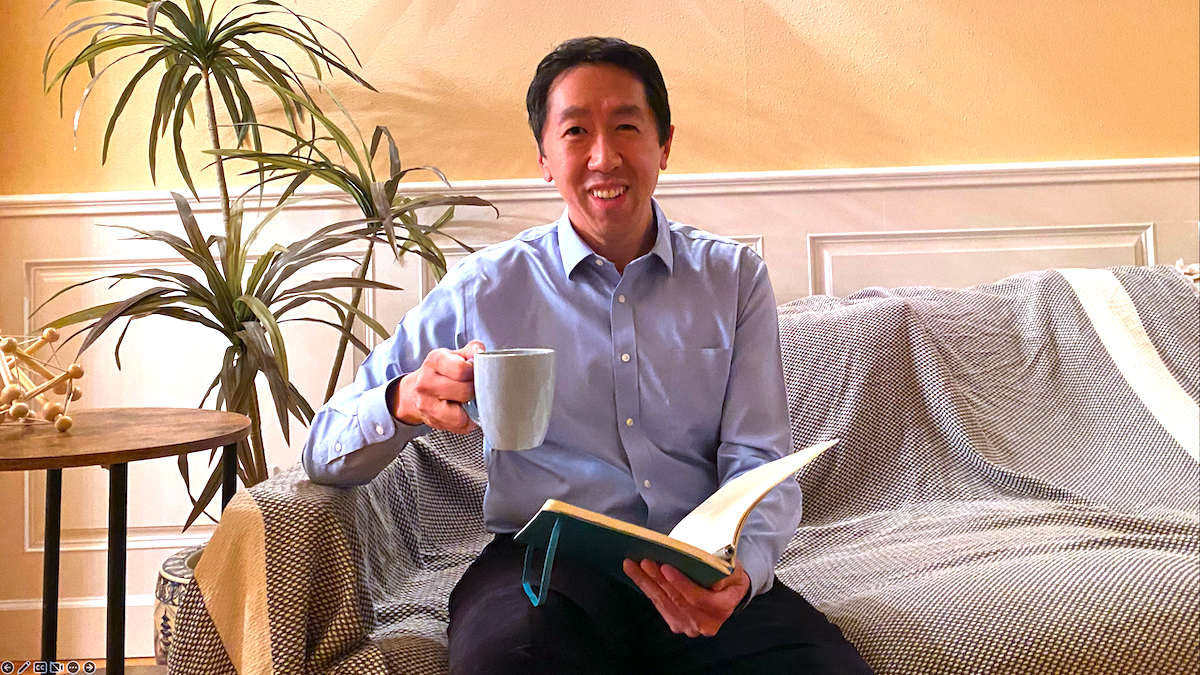
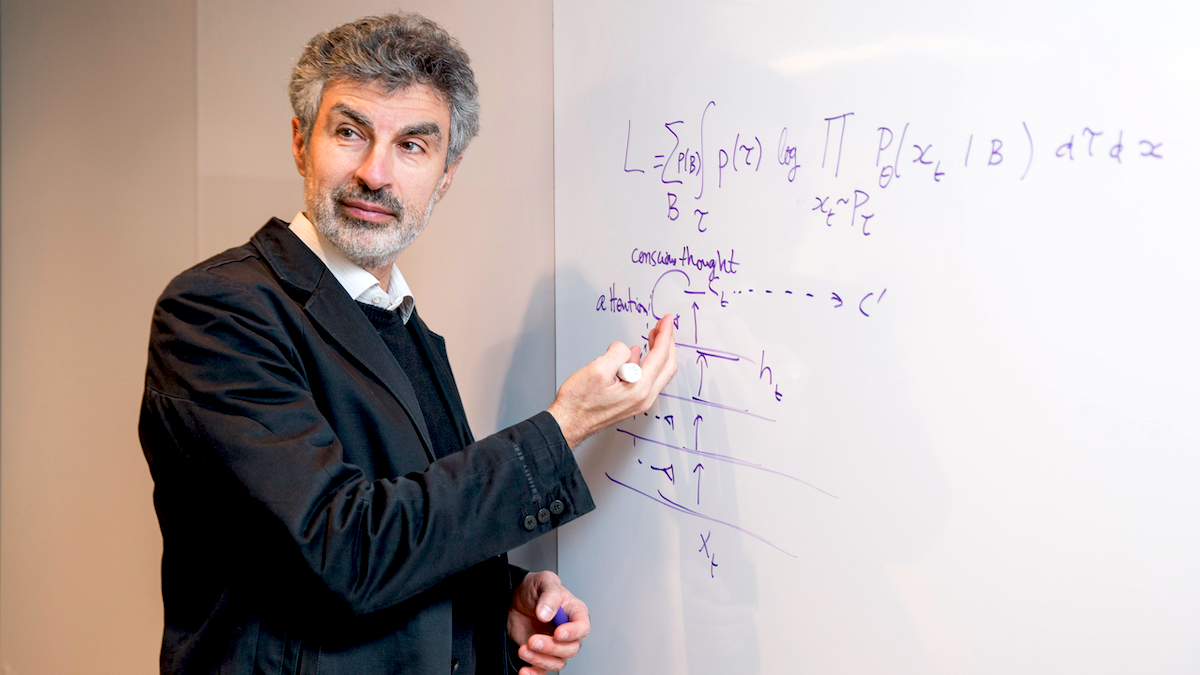
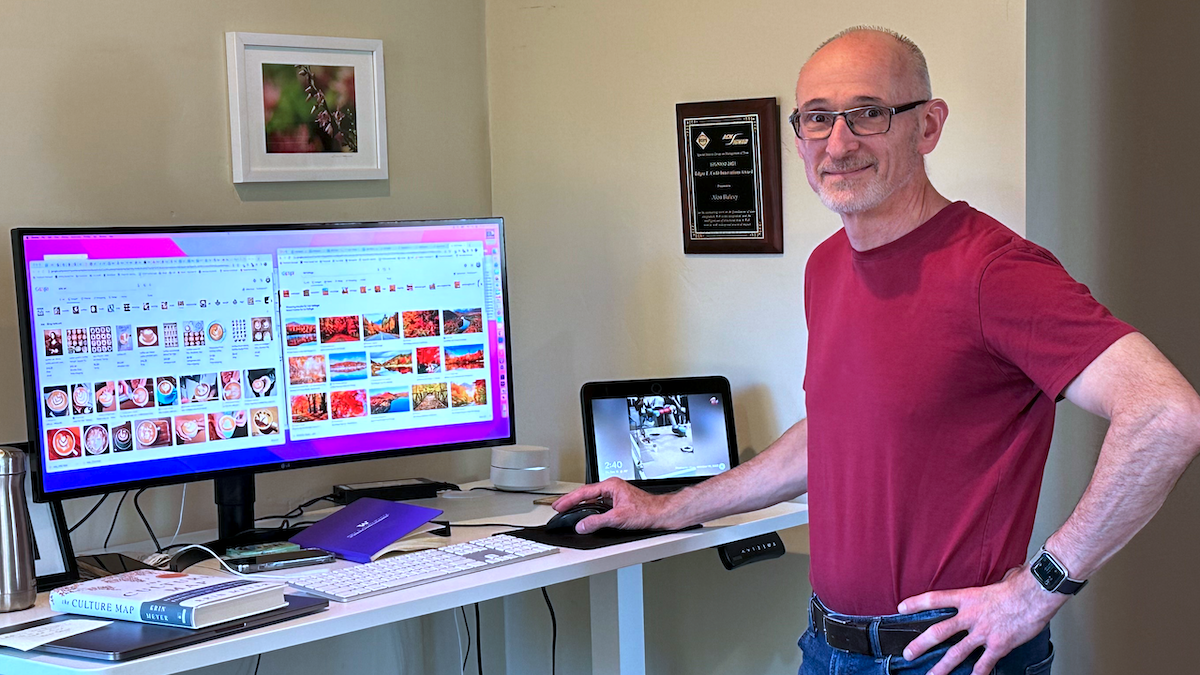

.jpg?upscale=true&width=1200&upscale=true&name=ezgif.com-gif-maker%20(7).jpg)
